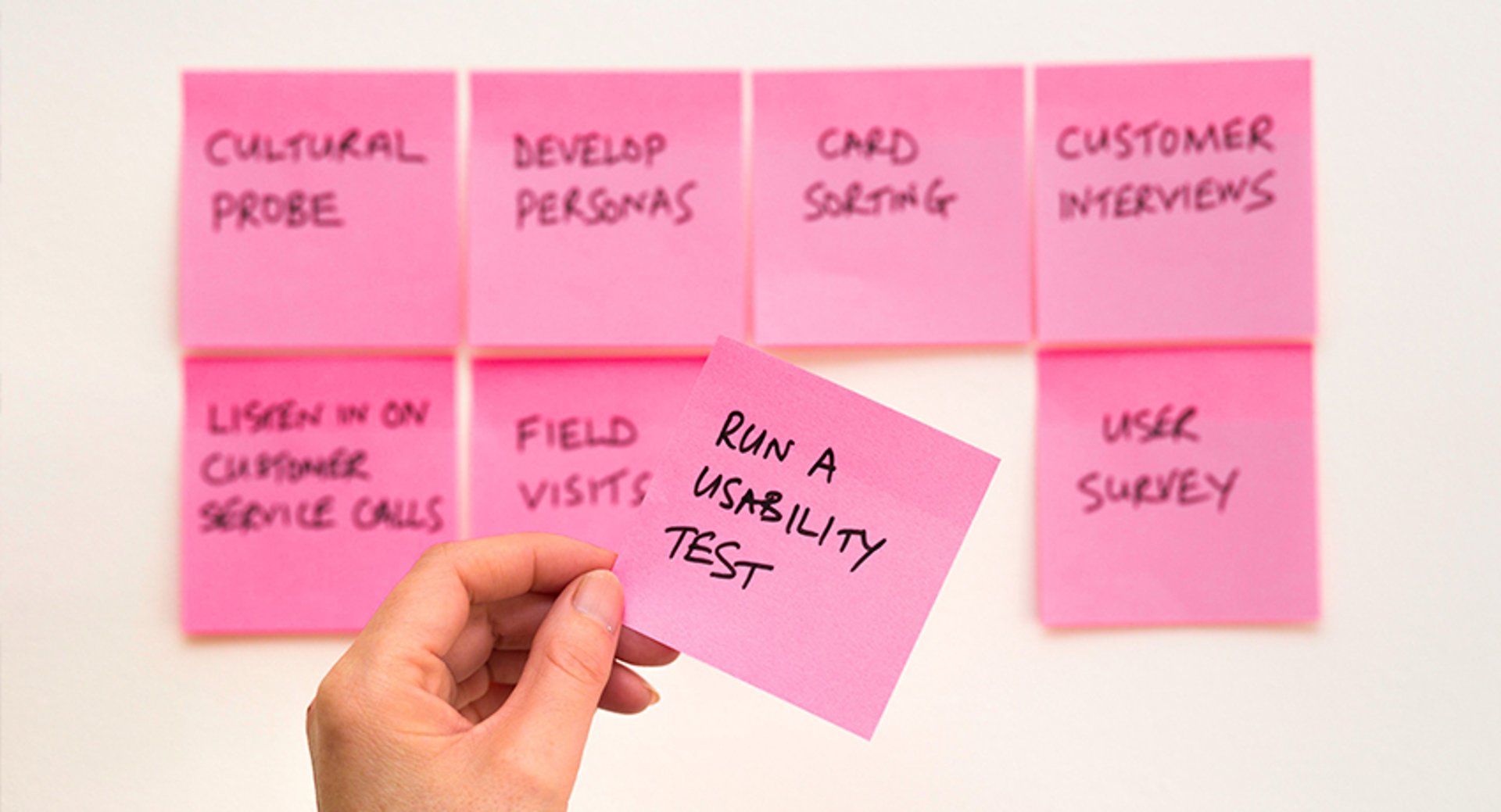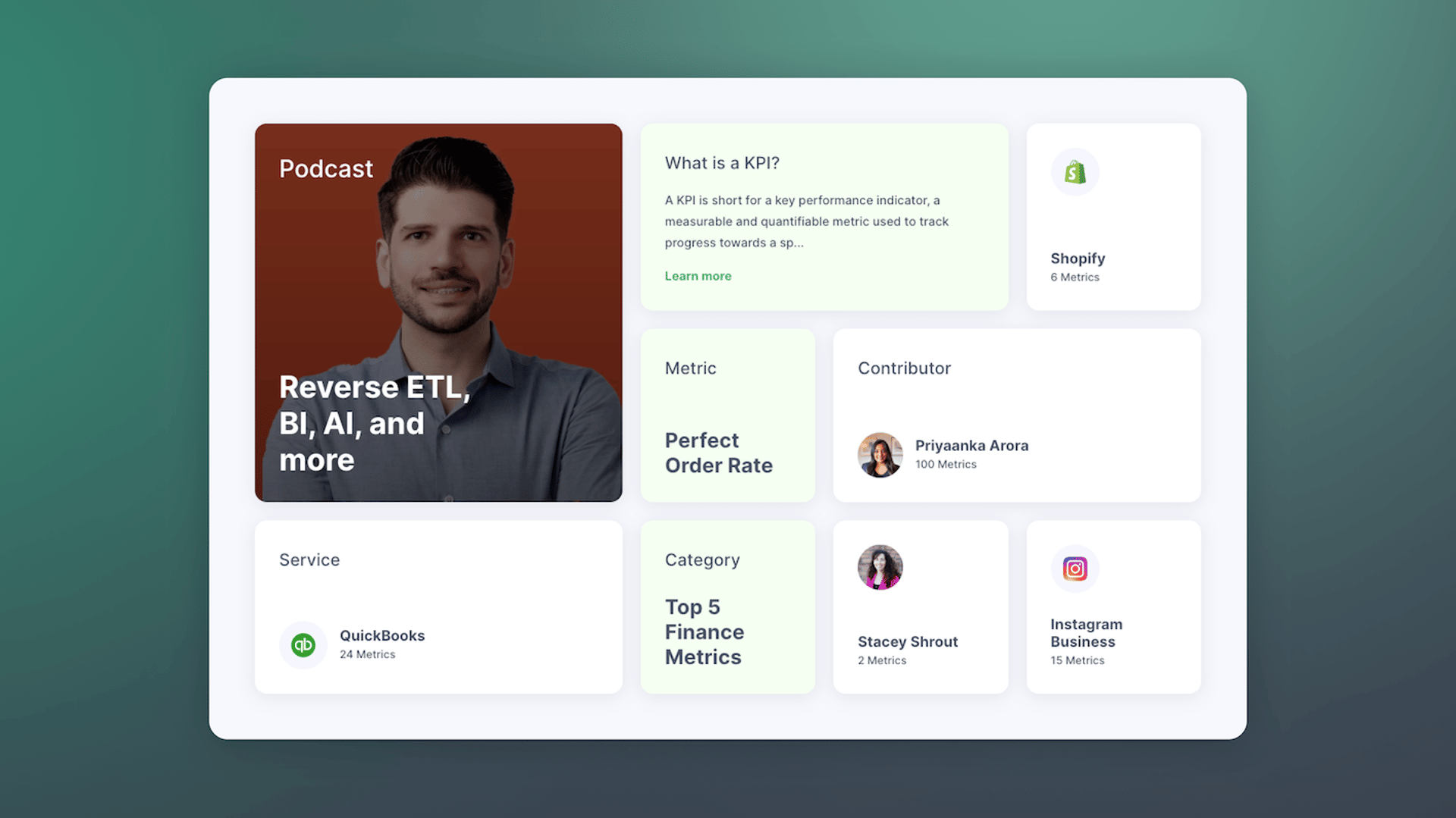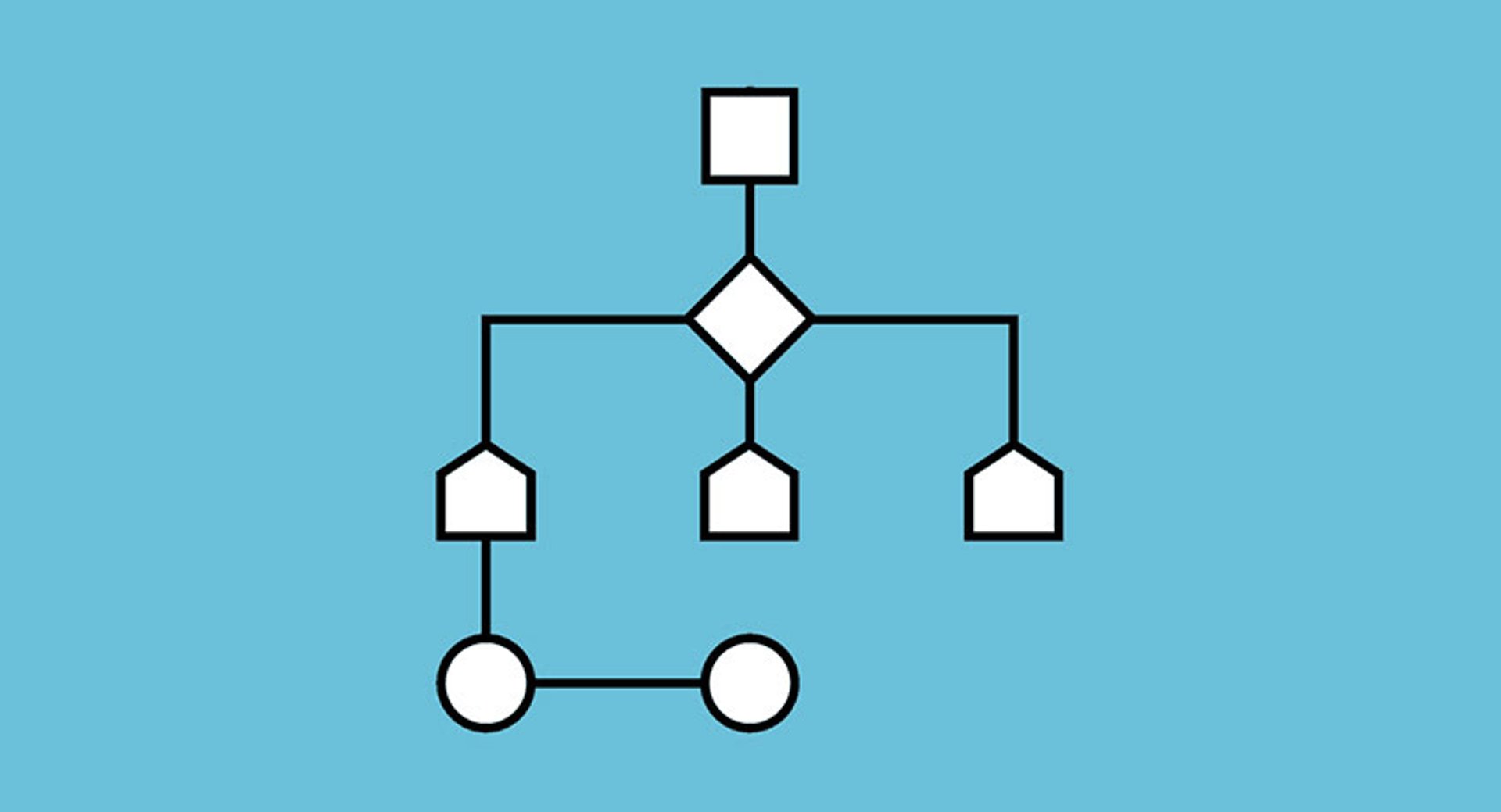The 5 project management methods your team should already be using

Published 2025-11-21
Summary - Delivering projects is the foundation for our everyday work lives. At work and at home, we are constantly brainstorming, collaborating, problem solving, and completing projects of all shapes and sizes. Let’s face it, managing projects can be difficult at times. Especially with so many moving parts.
Delivering projects is the foundation for our everyday work lives. At work and at home, we are constantly brainstorming, collaborating, problem solving, and completing projects of all shapes and sizes.
Let’s face it, managing projects can be difficult at times. Especially with so many moving parts.
But, we’re not alone. For thousands of years, people have been trying to find ways to master the art of planning, executing, and deploying projects. Most of these project methodology types are actually deeply rooted in engineering, manufacturing, construction, and military.
5 of the most common project management methodologies include:
- Agile
- Waterfall
- Lean
- Scrum
- Kanban
Fun fact: These project management methods are also the building blocks of many of the software programs we use today. Who knew, right?
1. Agile
Emphasis on the end game
This methodology focuses on the end-state or goal in a given project, and because of this, it is actually less of a process or methodology and more of a way of thinking.
Agile focuses on four key ideologies:
- Individuals and Interactions over Processes and Tools
- Customer Collaboration over Contract Negotiation
- Working Software over Comprehensive Documentation
- Responding to Change over Following a Plan
As you can see, the emphasis here is on people and flexibility and throws all rigid planning and traditional thinking out the door. It is through this that projects are completed by means of trial and error, and adapting to change after evaluating what is working and what isn’t. Think of it as going with the flow.
Pros: Agile understands that uncertainty is the only constant and encourages teams to be open to change, while executing their work quickly.
Cons: For those that like structure, the Agile method can feel riddled with uncertainty. This uncertainty means that you must make up for it through constant communication and collaboration. This can be a great thing, but also frustrating especially when working with clients or remote teams. Getting feedback every step of the way can be challenging and not realistic. This all means that delays are likely.
Try this: Slack describes itself as a collaboration hub that moves work forward. This tool brings communication amongst individuals and teams into one place. You can message, share files, and connect apps for a customized experience. Streamlined with Agile, the focus of Slack is on interacting with others and provides an avenue to respond to change at a moment’s notice.
2. Waterfall model
Step-by-step planning for surefire results
Waterfall methodology is the easiest to understand since it’s a no-brainer. It is very systematic as it involves a top down approach. Managers strive to eliminate any uncertainty by outlining all of the steps in the project and nailing down the details of the scope, budget and schedule.
This method came from the manufacturing and construction industries. It simply lists out all of the tasks that are required to reach an end goal. The process is simple: work on one task after the other in order. Each task must be completed before moving on to the next. The idea here is that by investing time up front to ensure proper requirements are put in place, it will reduce problems and pain points later on.
Pros: The Waterfall methodology is great if you are able to come up with a solid plan right from the get go. For type As, this method is great for you. The scope and requirements are crystal clear, and the results are predictable. This methodology allows you to do everything once… the right way.
Cons: The rigidity of the Waterfall method can be an issue for some work styles. Assuming you have all the requirements up front means that there is no room for deviating from the plan. For many teams this is a huge problem because unexpected things pop up all of the time.
Try this: Asana is a great tool to support this method as it offers a place for your team to map out each step of a project and list/organize the details in one place. Assign yourself or teammates to tasks and projects so you are notified when tasks are completed. This way, you know exactly the right time to get started on the next big thing.
3. Lean
Delivering more with less
Lean project management is about delivering more with less people, money, and time.
Similar to Agile, Lean is less of a methodology and more a way of thinking. This philosophy is credited to the Toyota Production System (TPS) who identified three types of waste to eliminate so you can work as efficiently as possible. In other words, eliminating any BS so you are left with the most important processes that deliver the most value.
The 3 types of waste as defined by TPS are:
- Muda: a process that contributes no value
- Mura: inconsistencies in your workload, for example, periods of work overload versus downtime
- Muri: unreasonable burdens placed on people, causing stress and burnout
Pros: Teams love lean project management because its focus is on efficiency and eliminates wasteful activities and behaviours.
Cons: With deep roots in manufacturing, this method is not applicable to all modern teams of today.
Try this: Airtable calls out that it is part spreadsheet, part database, and entirely flexible, which means that you can arrange your workflow in whichever way you like. The key here is having a more transparent view of your tasks and what your team is up to leading to less wasted time and more focus on the work that is important.
4. Scrum
Cross functional teams sprint to the finish line
Scrum is probably one of the most effective frameworks used in the SaaS world. It’s a method that many of our teams use here at Klipfolio.
With Scrum, an end goal is achieved through a series of fixed-length time periods called sprints. These sprints consist of different phases: planning, a daily stand up or meeting, a demo, and reflection. With Scrum, your focus is on what can be achieved in the pre-defined time period (for us, we use 2 week sprints). Once you determine what each person can achieve in the time period, you put your head down and work your butt off until the sprint is over.
Pros: Transparency, focus.
Cons: It can be difficult to add new unexpected tasks to a sprint when it is planned to a T, meaning it could be difficult to respond to ad hoc requests.
Try this: monday.com is awesome. It’s what our team uses to manage our bi-weekly sprints. Monday.com creates an environment of transparency, ownership, and accountability and provides us with an effective way to manage our time over the course of the two week sprint.
5. Kanban
Transparent prioritizations of to-do lists
Think of the Kanban board as a visual depiction of workflow management, where you can visually see where each of the tasks are in a process. The board is divided into several columns for each stage of your workflow (i.e. to-do soon, working on it, needs review, done). These columns can be customized to your liking depending on the project you are working on.
Each of your tasks is then represented using a card or sticky note. You can move the cards from column to column as you move through them. The board helps facilitate transparency amongst team members with everyone understanding where tasks are and if team members need to get involved or help out.
Pros: Kanban is very easy to understand and adapts well to change, switching priorities is as simple as moving cards around. The visual component of Kanban is great for at-a-glance status checks.
Cons: Kanban helps you manage your to-do list. This is great but it could mean that you lose sight of strategic planning. You may be focused on what’s urgent right now, which could be different from what the most important is.
Try this: Trello’s boards and cards allow you to organize and prioritize your projects. Streamlined with the Kanban methodology, you can easily move your tasks from column to column and you move throughout the life of a given project. With a clear visualization of where everything stands, you can work as effectively as possible with everyone on the same page.
Interested in other awesome project management software? Check out our blog!
Related Articles

How smart businesses are making better decisions
By Alastair Barlow — November 22nd, 2023
Promoting data literacy with metrichq.org and the power of AI
By Allan Wille, Co-Founder — October 12th, 2023
Algorithm DIY: How to Build Your Own Algorithm in 9 Steps
By Erik van Dorp — September 28th, 2022

